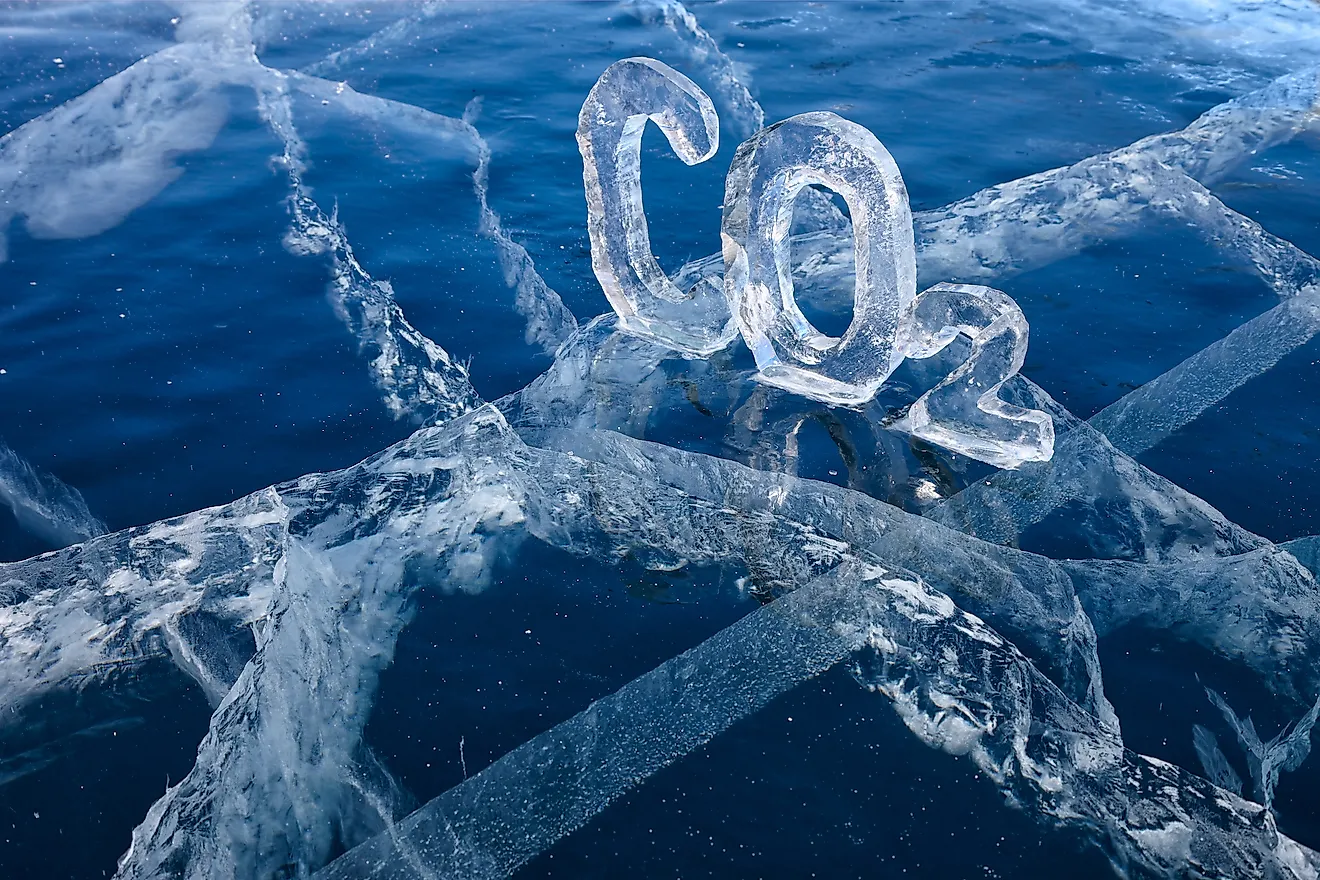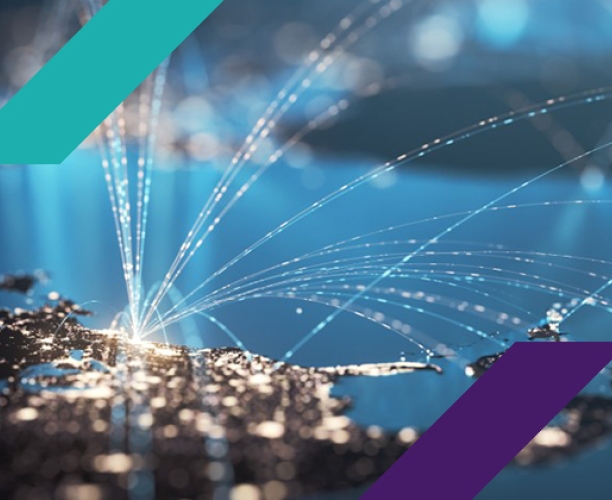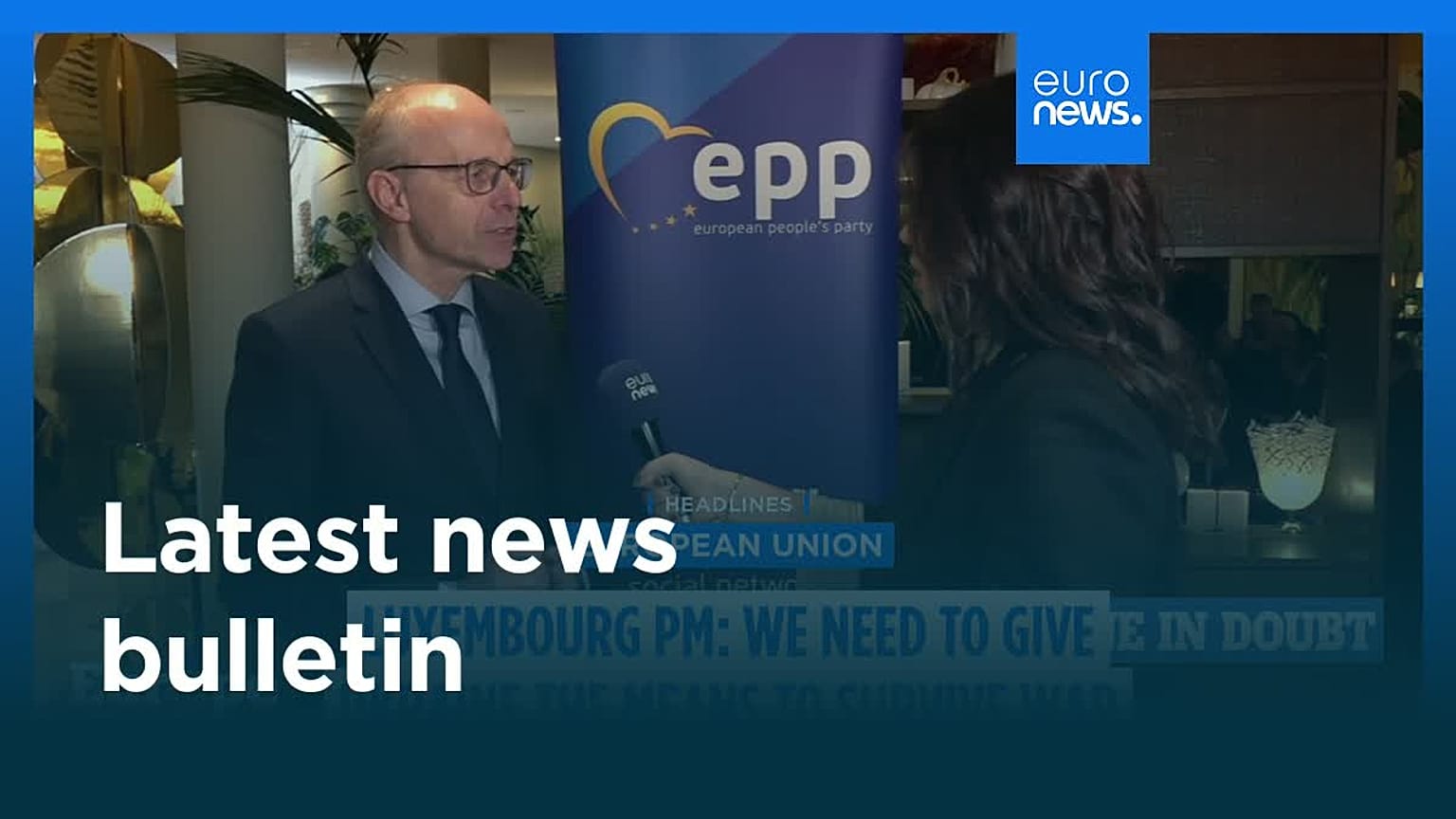Discover Pandipedia
Pandipedia is the world's first encyclopaedia of machine generated content approved by humans. You can contribute by simply searching and clicking/tapping on "Add To Pandipedia" in the answer you like. Learn More
Expand the world's knowledge as you search and help others. Go you!

A limnic eruption is a rare natural disaster characterized by the sudden release of dissolved carbon dioxide (CO2) from deep lake waters. This process can create a gas cloud capable of suffocating wildlife, livestock, and humans[1][3]. These eruptions are typically triggered by seismic activity such as earthquakes or volcanic eruptions, disrupting unstable layers of CO2 within a lake[1].
For an eruption to occur, specific conditions must be met. The lake must be limnically active, containing high levels of CO2, and have a stratified thermal structure with an upper and lower layer that differs in gas saturation[3]. The dense CO2 cloud that forms after an eruption is heavier than air and tends to settle low to the ground, displacing breathable air and leading to asphyxiation[1][6].
There have been few recorded instances of limnic eruptions, the most notable being at Lake Monoun and Lake Nyos in Cameroon, which resulted in significant loss of life[1][2]. Lake Kivu, situated between Rwanda and the Democratic Republic of Congo, contains large amounts of dissolved gases and poses a potential threat for future eruptions due to its geological setting[6].
Let's look at alternatives:
- Modify the query.
- Start a new thread.
- Remove sources (if manually added).
Over 1,700 people died in the 1986 Lake Nyos disaster.
Limnic eruptions can create deadly clouds of carbon dioxide.
Lake Kivu holds approximately 300 million cubic meters of methane.
Limnic eruptions are among the world's rarest natural disasters.
The 1984 Lake Monoun eruption killed 37 people.
Let's look at alternatives:
- Modify the query.
- Start a new thread.
- Remove sources (if manually added).
Get more accurate answers with Super Pandi, upload files, personalised discovery feed, save searches and contribute to the PandiPedia.
Could rising military tensions around Taiwan spark a crisis? 🌏 In today's news, several urgent developments are reshaping global dynamics. Let's dive in!
🧵 1/6
Chinese Military Exercises: China is conducting live-fire drills around Taiwan, simulating a blockade. This marks a significant military escalation with potential implications for regional stability. Are we nearing a tipping point? As reported by The Guardian on Dec 29.
🧵 2/6
Taiwan's Response: Taiwan detected numerous Chinese military forces and has increased its defensive readiness in response. Over 100,000 flight passengers are affected due to airspace restrictions. What does this mean for regional security? According to Al Jazeera.
🧵 3/6
US Arms Sales Impact: Recent US approval of a substantial $11 billion weapons package for Taiwan has inflamed tensions. China views this as a provocation that heightens the risk of conflict. How will the US and allies react? Details from The Guardian.
🧵 4/6
A Call for Dialogue: Taiwan insists that defending freedom isn't provocation, urging for peace amidst the military escalations. Can diplomacy prevail in this looming crisis? Insights from Al Jazeera.
🧵 5/6
Which of these developments surprises you most? Let's discuss how they could change the geopolitical landscape!
🧵 6/6
Sources from:
Let's look at alternatives:
- Modify the query.
- Start a new thread.
- Remove sources (if manually added).
As Ukraine's President Zelenskyy meets Trump today, can this be the moment for peace after years of conflict? Check out these key updates on their crucial discussions!
🧵 1/6
Crucial Meeting Ahead: Zelenskyy and Trump meet at Mar-a-Lago today to finalize a 20-point peace plan. Time for Ukraine to secure vital agreements on security and territory! How will this shape the future of Ukraine? According to NPR.
🧵 2/6
Increased Russian Aggression: Just days prior to the talks, Russia has ramped up missile and drone attacks on Kyiv, raising fears over whether peace can truly be achieved. What's the impact of such aggression on negotiations? As reported by The Guardian.
🧵 3/6
Zelenskyy's Stance: Ukraine's leader emphasizes no ceding territory, insisting on a demilitarized zone monitored by international forces. Will this compromise be acceptable to Russia? According to NPR.
🧵 4/6
European Involvement at Risk: Moscow warns that any European troops sent to Ukraine would be seen as legitimate targets, complicating the peace efforts. How will Europe respond to this threat? As reported by The Independent.
🧵 5/6
What are your thoughts on today's high-stakes meeting? Do you believe peace is achievable, or will conflicts continue? Let's hear your views!
🧵 6/6
Sources from:
Let's look at alternatives:
- Modify the query.
- Start a new thread.
- Remove sources (if manually added).
Get more accurate answers with Super Pandi, upload files, personalised discovery feed, save searches and contribute to the PandiPedia.
As tensions rise globally, did you know Russia launched one of its largest attacks on Ukraine right before crucial peace talks? 🧐 Here are some must-know developments that could shape the world stage.
🧵 1/6
Massive Russian Attack on Kyiv Russia's recent assault on Kyiv killed at least 2 and injured 44, including children. This sustained attack is a grim reminder of the ongoing conflict. Will this escalation influence peace negotiations? According to CNN.
🧵 2/6
Security Concerns from Denmark Denmark has classified the US as a security threat, signalling a shift in alliances that could embolden adversaries like Russia. What does this mean for NATO? This unexpected move could reshape transatlantic relations. As reported by BuzzFeed.
🧵 3/6
Nuclear Developments in Japan Japan has restarted the Kashiwazaki-Kariwa nuclear plant, the world's largest, after 15 years. This decision signifies a shift in energy strategy amid rising demands. Is this the future of nuclear energy in a climate-conscious world? According to BuzzFeed.
🧵 4/6
International Recruitment for War South African men are being recruited under false pretenses to fight for Russia in Ukraine, raising concerns about global mercenarism. How far are nations willing to go to bolster their military ranks? BuzzFeed highlights this alarming trend.
🧵 5/6
Which of these developments surprises you most? Share your thoughts below!
🧵 6/6
Sources from:
Let's look at alternatives:
- Modify the query.
- Start a new thread.
- Remove sources (if manually added).
Let's look at alternatives:
- Modify the query.
- Start a new thread.
- Remove sources (if manually added).

Ethereal landscape animations often evoke a calm and optimistic vibe through the application of atmospheric perspective. This technique makes distant objects appear lighter and more subdued in color, creating a sense of depth and serenity. As colors fade and become less saturated, they contribute to a soft, harmonious feel in the visual composition[3][5].
Additionally, the ambient music accompanying these animations can enhance relaxation and foster a peaceful atmosphere, aligning with the overall theme of tranquility that is often sought in such visuals. The combination of muted colors and soothing sounds invites viewers into a comforting, dreamlike experience[2].
Let's look at alternatives:
- Modify the query.
- Start a new thread.
- Remove sources (if manually added).
Transcript
In the serene Death Valley, heavy rocks appear to glide across a cracked playa, leaving mysterious trails. Thin sheets of ice form on shallow winter ponds, setting the stage for this rare natural phenomenon. Under gentle breezes, the fragile ice slowly drives these ancient stones along the soft mud, revealing nature's subtle power.
Let's look at alternatives:
- Modify the query.
- Start a new thread.
- Remove sources (if manually added).













